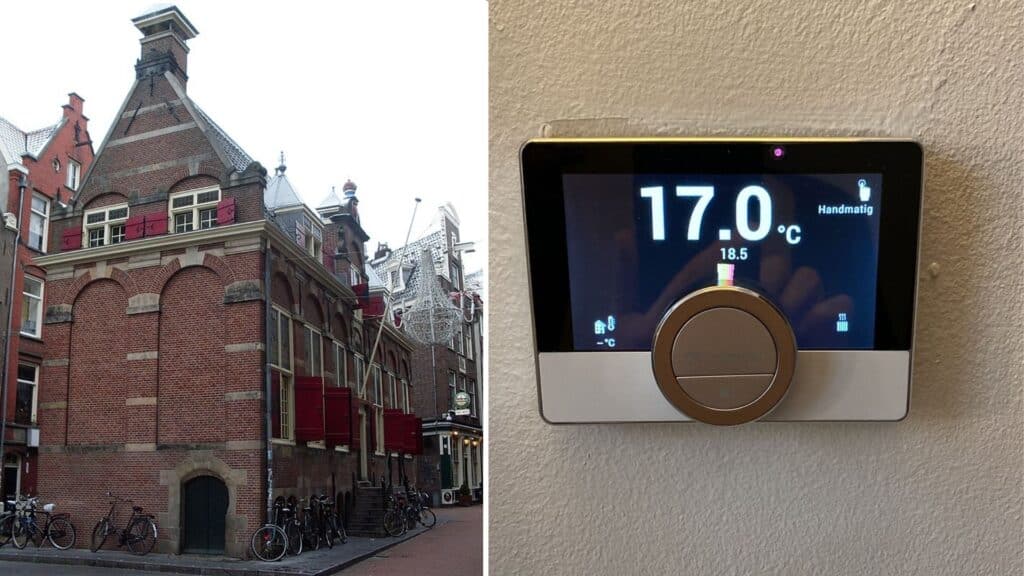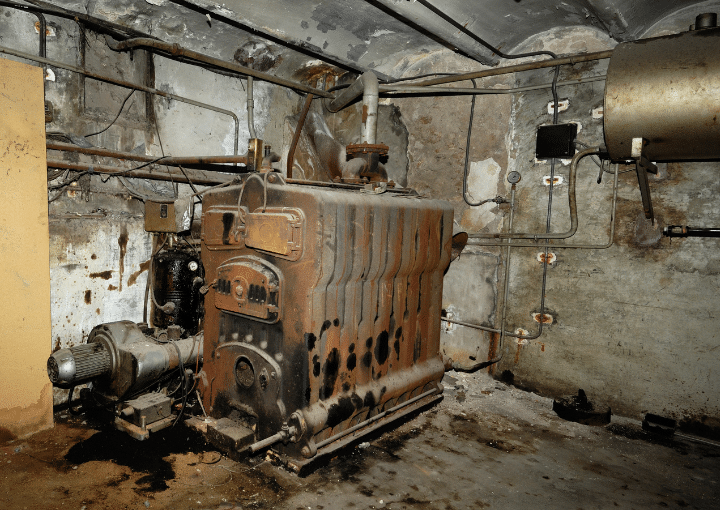The European Parliament (EP) has voted in favour of introducing energy efficiency rules that affect around 35 million buildings across Europe to become climate-neutral by 2050. Although it was confirmed earlier that member states can exempt heritage buildings from these rules, sitting idle is not an option. The heritage sector shouldn’t exempt itself from helping form a sustainable future for Europe.
What do these new rules mean? The EP has approved its stance on the so-called Energy Performance of Buildings Directive (EPBD). This means that all residential buildings in Europe are to achieve at least energy efficiency class “E” by 2030 and “D” by 2033. Similar to household appliances, energy efficiency is to be indicated on a scale from “A” to “G”.
These new goals are ambitious but necessary deems the EU, if it’s to reach its climate goals. Buildings are responsible for 36% of European greenhouse gas emissions and 40% of the energy consumption, but renovation rates are well below where they need to be. More than a third of European buildings will be 50 years old and three-quarters are labelled as energy inefficient.
At first sight, this could mean that millions of old, and especially historic buildings are put in an almost impossible position because making monuments sustainable without damaging historic characteristics is a complex job. However, the bill also allows member states to make a selection of structures that will be exempt from the law. An exemption made with heritage buildings in mind.
Exemptions
In Italy, where heritage buildings make up a large portion of residential houses, citizens feared that the directive would penalise them should they fail to comply with the directive. “Italy cannot deal with the issue of energy efficiency in buildings like other countries”, explained European Affairs Minister Raffaele Fitto (Fdi/Ecr). This has to do with a “peculiarity” that the Italian government has pledged to defend: having a real estate heritage that is different because of its architectural, historical and cultural value.
Brussels will not tell you that you can’t sell your house if it is not renovated. A Brussels bureaucrat won’t seize your house if it is not renovated
Frans Timmermans, European Commissioner
A valid concern and European commissioner Frans Timmernans stated that specific assets can be exempt from the EPBD, and individuals won’t be penalised: “Brussels will not tell you that you can’t sell your house if it is not renovated”, he mentioned in a press conference in December 2021. “A Brussels bureaucrat won’t seize your house if it is not renovated. Cultural heritage is protected.”
Lowering Energy Costs
While the protected status of a listed building prevents an owner from being forced to do something, improving the energy efficiency of historical buildings has many benefits, for example the lowering of energy costs. Installing specially developed glass that mimics historic glass (called monument glass) in a building could improve insolation, without hurting the monumental values. It has helped monument owners in the Netherlands already.
Decarbonising power sources – swapping coal or gas for heat pumps – might not be realistic for owners because of financial or conservation reasons. However, installing a modern power system that allows for better regulation of the temperature could go a long way. Planning which rooms are necessary to keep warm also helps. A heather warming an empty entrance hall is not really efficient.
A good example of implementing energy efficient solutions close to home is the monumental building where the editors of EHT work from. The Korenmetershuis in Amsterdam has recently received a new boiler, which allows for more efficient managing of energy and heat. A small change that can make a big difference.

Investing in Sustainable Heritage
Since most monuments or historical buildings are situated in the historical centres of European cities, there is an additional advantage for owners of heritage buildings: adding to the identity and attractiveness of green, historical city centres. And with the high rent and strong demand for listed properties, there is an opportunity to invest in sustainability.
For example, all offices in the Netherlands larger than 100 square metres will be required by law to have an energy label C or better by 2023. But according to Rick van Zwet, strategic consultant of Dutch real estate advisory agency Savills, it is possible to improve energy performance while preserving the monumental elements of listed offices: “It does require extra customisation and expertise, but precisely offices with proven historical and cultural value, are worth sustainably preserving for future generations”, he told Dutch radio station BNR.
The many historical heritage assets help determine the attractiveness of Dutch cities as places to work, live and recreate
Roel van Zwet, strategic consultant Savills
Big cities have climate ambitions as well, but this poses considerable challenges, the strategic consultant continued: “Municipalities can win terrain in this area. For example, by encouraging owners of listed offices to comply with energy label C. The many historical heritage assets help determine the attractiveness of Dutch cities as places to work, live and recreate. Locating an office in a monument is often not a short-term decision. It becomes more interesting for an office owner to invest in sustainability.”
In the end, no one can deny the new directive is an incredibly ambitious plan which is highly needed to achieve the EU’s climate goals. While member states can exempt certain buildings (such as cultural heritage) from obtaining energy class “E”, the directive could be a real opportunity to make historic buildings more energy efficient and sustainable for the future. It’s time to show that European heritage and history can have an important place in the sustainable future of Europe.

